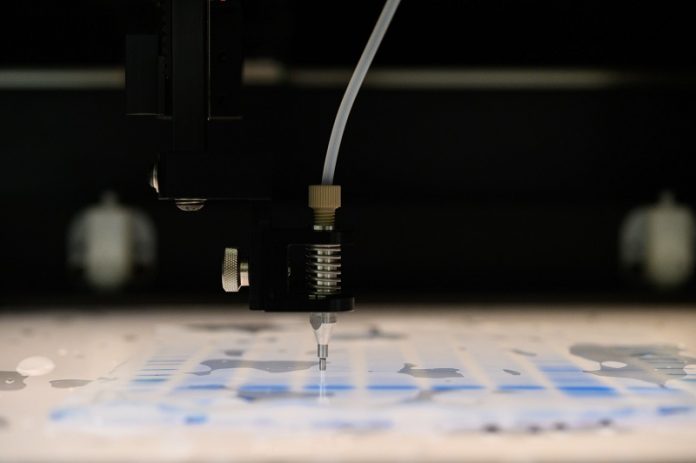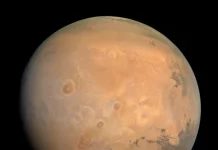
A group of scientists from the University of Oldenburg, Germany, has discovered how special bacteria in the ocean break down carbon and help recycle organic matter in the seabed.
These bacteria, known as sulfate-reducing bacteria, play a major role in the carbon cycle, particularly in areas without oxygen.
The team, led by Dr. Lars Wöhlbrand and Prof. Dr. Ralf Rabus, studied these microbes and published their findings in Science Advances.
Sulfate-reducing bacteria use sulfate instead of oxygen to survive.
They break down organic materials in the seabed, turning them into carbon dioxide (CO2).
One family of these bacteria, called Desulfobacteraceae, is especially important because its members can digest many different types of organic substances, even those that are usually hard to break down.
These bacteria are found all over the world, particularly in oxygen-poor areas of the ocean. Their ability to adapt to different environments makes them successful in breaking down organic matter in the deep sea.
“These bacteria live at the thermodynamic limit,” explains Prof. Rabus. This means they get very little energy from their process, especially compared to bacteria that use oxygen.
Despite this, they are incredibly active and responsible for breaking down more than half of the organic material in coastal and shelf areas where lots of organic matter accumulates.
One clear example of their work can be seen in mudflats. Just a few millimeters below the surface, where there is no oxygen, sulfate-reducing bacteria create hydrogen sulfide, which gives off a rotten egg smell and turns the mud black.
While scientists already knew these bacteria played an important role in the seabed, little was known about how they function at a global level. To learn more, the researchers first mapped their worldwide distribution. They found that Desulfobacteraceae bacteria are present in all marine environments, from the Arctic to the Antarctic, especially in low-oxygen areas.
Next, the team grew six different strains of Desulfobacteraceae bacteria in the lab. Each strain had different abilities—some could only break down specific compounds, while others could process a wide variety of materials.
The scientists fed the bacteria 35 different types of organic substances, including fatty acids and complex aromatic compounds, to study their metabolism.
They discovered that, despite their differences, all six strains used similar strategies to break down organic materials and shared a highly efficient energy-harvesting system.
Instead of one species doing all the work, these bacteria function as a team, much like a football squad. “Every team has a goalkeeper and a striker, but each team plays a little differently,” says Wöhlbrand. This teamwork helps them break down a wide variety of materials in many different conditions, making them one of the most widespread groups of sulfate-reducing bacteria.
To further confirm their findings, the team worked with Prof. Dr. Michael Schloter from the Technical University of Munich to analyze genetic samples from different marine environments. They found key genes related to these bacteria in almost all samples, including estuaries, deep-sea vents, and oxygen-poor regions like the Black Sea.
Their study shows that Desulfobacteraceae bacteria play a much larger role in the carbon cycle than previously thought. “The importance of sulfate-reducing bacteria has probably been underestimated,” says Prof. Dr. Michael Winklhofer from the University of Oldenburg.
As climate change and pollution continue to reduce oxygen levels in the ocean, sulfate-reducing bacteria may become even more important in breaking down carbon. Understanding their role can help scientists predict how marine ecosystems will change in the future and how nature continues to recycle carbon in hidden ways beneath the sea.



